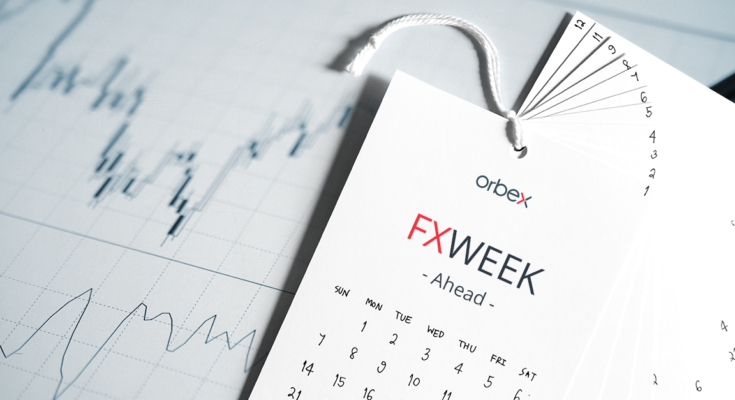The markets are looking towards new trading week, marking the start of the second quarter. The economic calendar is looking busy, at least where the USD is concerned. With Monday being the Easter bank holiday, the European markets are expected to remain shut. US Payrolls and RBA meeting are up.

Data from the U.S. will start with the ISM’s manufacturing report followed later in the week by the ADP private payrolls and Friday’s nonfarm payrolls report for the month of February. The U.S. unemployment rate is once again forecast to drop to RBA 4.0%.
Elsewhere, the RBA will be holding its monetary policy meeting this week. No changes are expected from the central bank at this week’s meeting. Data from the Eurozone mid-week will see the release of flash inflation estimates. Headline inflation is forecast to rise strongly for the month of March, but most of the price gains are likely to be due to the seasonal effects.
Here’s a quick recap of the key economic events due this week.
Busy start for the USD: ISM, ADP and nonfarm payrolls
The week ahead starts off on a busy note for the U.S. dollar. Monday will see the release of the ISM’s manufacturing index. Economists forecast that manufacturing activity might have slipped modestly to 60.0 in March slightly below 60.8 in February. Despite the decline in the index, manufacturing activity continues to remain near all time highs.
Later in the week, the ADP private payrolls data will be coming out and the report could potentially set the stage for Friday’s nonfarm payrolls report. Estimates for March show that the U.S. economy might have added 195k jobs during the month of March. This marks a slower pace of job gains during the month compared to February’s strong report.
The U.S. unemployment rate is expected to decline to 4.0% from the current 4.1% for the month of March. Wage growth is also expected to show a modest gain, rising 0.2% on a month over month basis. With the data for February showing that a significant amount of slack still remains in the economy, the data for March will see investors focusing more on the page of wage growth rather than the unemployment rate.

